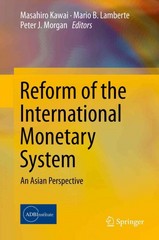Is there price discrimination in monopolistic competition.Explain.
(i) Describe three models used in care management program planning. (ii) Identify drawbacks of each model. (b) (2 points) Describe steps for conducting a focused review of literature about successful care management programs.(d) (2 points) Critique the following statements. Justify your responses. (i) Reduction in units per 1,000 helps convince DM program purchasers of the efficiency of the program, and satisfies the needs of most clients who need savings. (ii) Equivalence requires stability in the underlying number of members between periods, and is a basic necessity for evaluating a disease management program. (iii) If there is a change not due to the DM intervention in the chronic population, one can use risk adjustment to separate the effect of the intervention from other chronic population changes. (iv) The trend used to adjust from the baseline year to the intervention year for a chronic population should be net of the effect of any population changes.(7 points) You are given the following information representing the utilization of a population in a disease management (DM) program: Year Units per 1000 Baseline 100 Intervention 97 Unit cost for the baseline year is $7,000. Utilization trend from the baseline year to the intervention year is 3%. Unit cost trend from the baseline year to the intervention year is 8%. (a) (2 points) Calculate the per member per month (PMPM) effect of the DM program. Show your work. You are given the following information on a different population. Baseline Cost Risk Cohort Baseline Prevalence per member per year (PMPY) Low Risk 80% $600 High Risk 20% $6.000 33% of the high-risk members remain as high-risk members in the next (intervention) year, while the rest of the high-risk members transition into low-risk status. 85% of the low-risk members remain as low-risk members into the next (intervention) year, while the rest of the low-risk members transition into high-risk status. (b) (2 points) Calculate the PMPY cost trend. Show your work. You are given the following information: Baseline Cost PMPM $100 Trend (unadjusted) 6% Baseline Risk Score 1.01 Trend (adjusted for change in population risk) 4% (c) (I point) Calculate the risk score trend. Show your work









